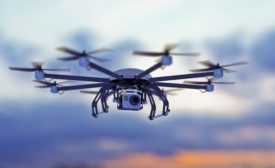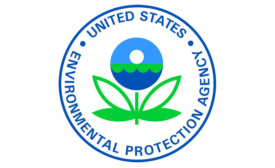Government Safety Regulations
A FairWarning Story
Battle looms over Trump administration bid to ease safety rules for big rig trucks
August 22, 2019
Become a Leader in Safety Culture
Build your knowledge with ISHN, covering key safety, health and industrial hygiene news, products, and trends.
JOIN TODAYCopyright ©2025. All Rights Reserved BNP Media.
Design, CMS, Hosting & Web Development :: ePublishing










